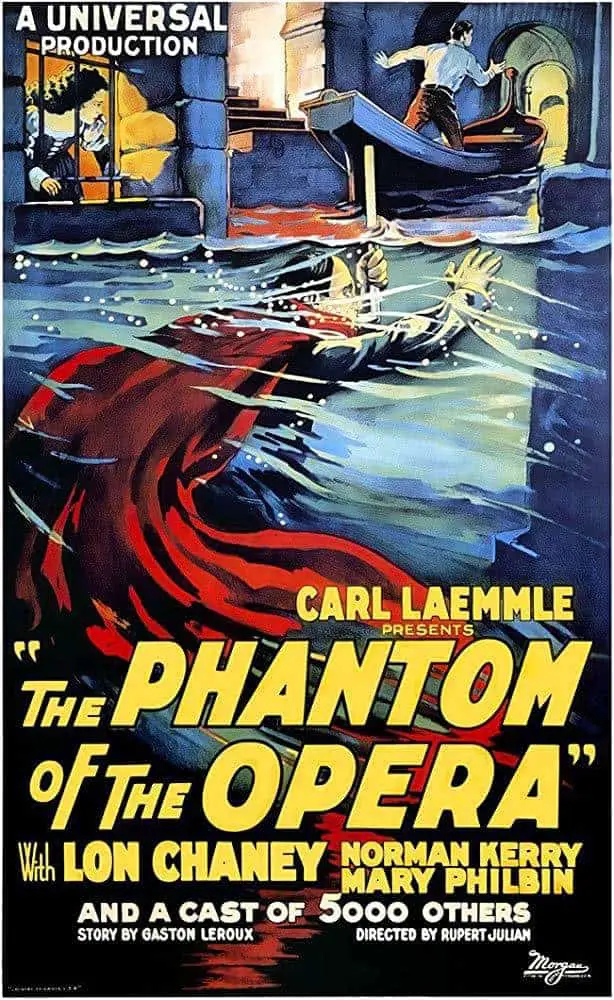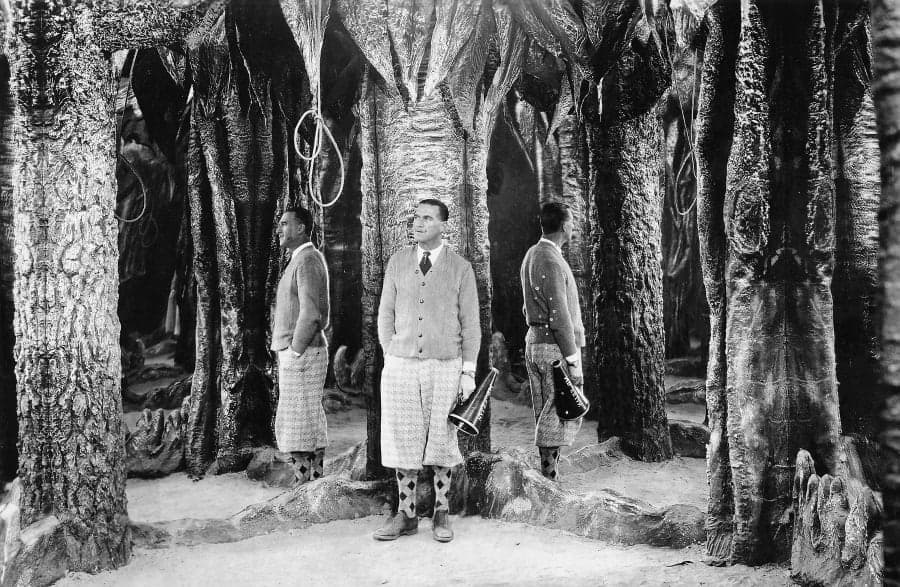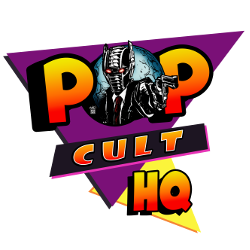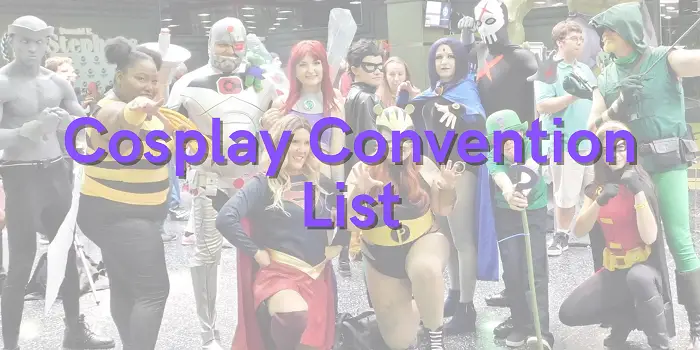
Scary movies and horror films are everywhere right now, be it shown on TV, in movie theaters, all over the place. And today’s horror choice for the Halloween theme takes us all the way back to the silent era of motion pictures. With a movie, a character, and a story that have become a core part of Western culture. Yes, dear readers, today is a delving back into the 1925 classic ‘The Phantom of the Opera.’
As with coverage last week on Bela Lugosi as Dracula, there are many elements that help make up the overall movie itself. From the producer to the director to the star itself and the story. All these things are part of the weave that binds it together.
As it was with Dracula, this 1925 silent masterpiece had its origins in classic literature. Gaston Leroux’s novel has maintained popularity in part to the various adaptions in media and theatre. But the novel itself could stand alone, presenting the towering story of love, music, and the man at the center of it all, the Phantom. Leroux is famous for other works including The Mystery of the Yellow Room, but it is the Phantom who will always be the cornerstone of his literary legacy.
While Dracula and other 1930’s Universal horror flicks were helped along by the efforts of Carl Laemmle Jr., it was his father who pushed the studio into this avenue with Phantom and The Hunchback of Notre Dame. Carl Laemmle was a German immigrant who came to America during the 1800s. Eventually, after many trades including bookkeeping, he made his first foray into movies by opening one of the first theaters in Chicago that would challenge Thomas Edison’s monopoly on motion pictures. Jumping ahead to the 1920’s, by then well-established in the industry as the founder and head of Universal Studios, Laemmle found himself in Paris in 1922. There he met Gaston Leroux, then working for the French cinema industry. Upon reading the book and striking up a friendship with Leroux, he bought the movie rights and production began in 1924.

Enter Rupert Julian: actor, writer, and director. Sadly, there is not much to say about Rupert’s contribution to the production, mainly because all accounts indicate that relationships between himself, the cast, and the crew were strained. On multiple occasions, through a mouthpiece, Lon Chaney would tell Rupert to “go screw himself” due to the inconsistent directions.

While many would consider Christine Daaé to be the true lead of the story and movies, at the heart of it all…the Phantom is master. His presence is constant, his name invokes whispers of terror throughout the Opera House and his actions have profound ramifications on all. And this disfigured musical genius is brought to life for the very first time, thanks to the masterful work of Lon Chaney. A wizard of makeup and practical effects, Lon Chaney would be considered by many to be the first true horror actor with the various roles and guises he took on over the course of his career.
This documentary, put together by the YouTube channel Dark Corners Reviews, gives a very excellent look at Lon Chaney and his life, his work, and the monsters that he brought to life on the big screen.
Additionally, here is a snippet from a BBC documentary History of Horror, focused solely on Lon Chaney and his work as The Phantom.
Critics can send anything soaring or bring it down low. As was the case with the later Universal horror movies, reviews enticed audiences to come and see what was playing. In the case of New York Times critic Mordaunt Hall, his review of the movie was glowing:
“The Phantom of the Opera” is an ultra fantastic melodrama, an ambitious production in which there is much to marvel at in the scenic effects. It has been produced with a sort of mechanical precision, and the story reminds one somewhat of a writer who always seeks for alliterative combinations. The narrative could have been fashioned in a more subtle manner and would then have been more interesting to the few. As it stands it will strike popular fancy, and the stage settnigs willappeal to everybody.
While silent movies may not have appeal to certain sections of the modern movie audience, there is an unmistakable allure for the films of the early parts of Hollywood history. Whether it is comedies, romances, dramas, or the horror spectaculars, there is certainly something for anyone who wishes to travel back to the days when color and sound were not even considered possible. To everyone who enjoys a good scare, a bump in the night, or a truly frightening mask, may The Phantom of the Opera provide all this and more.







